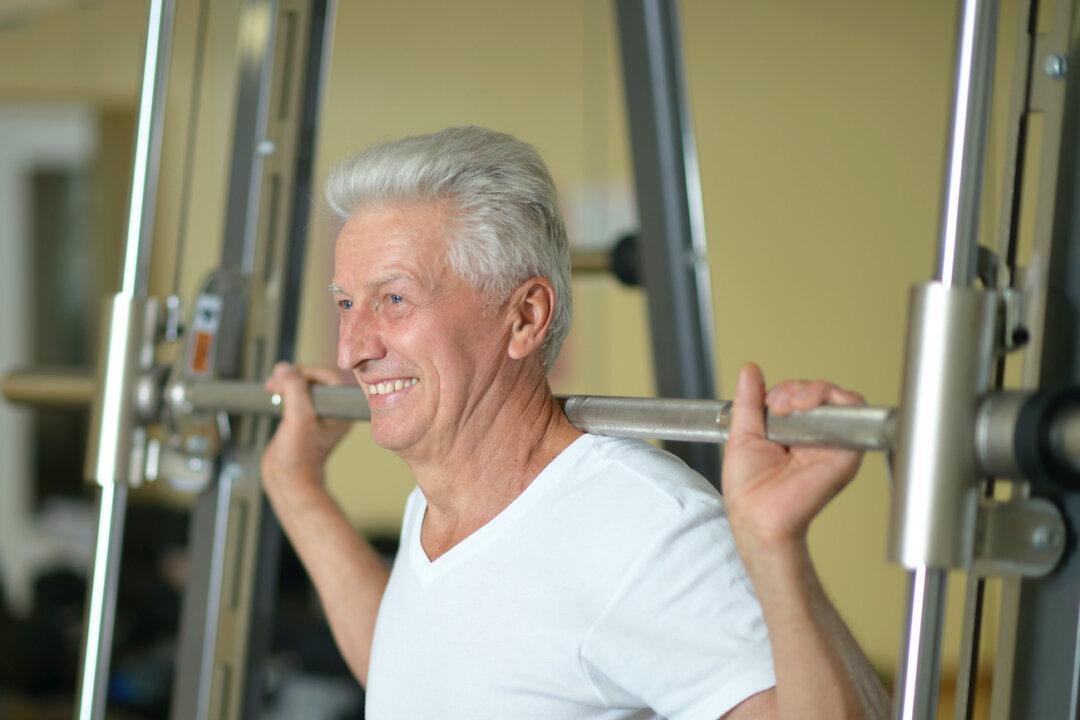Old-fashioned resistance training, such as lifting heavy weights repeatedly until you can’t, is the best way for older adults to slow, or even reverse, age-related muscle loss.
Sarcopenia, the medical term for muscle loss, can boost the risk for falls and frailty. Resistance training (also called weight training) can be a huge help. It consists of doing upper- and lower-body exercises using free weights, machines, resistance bands, or even body weight.





